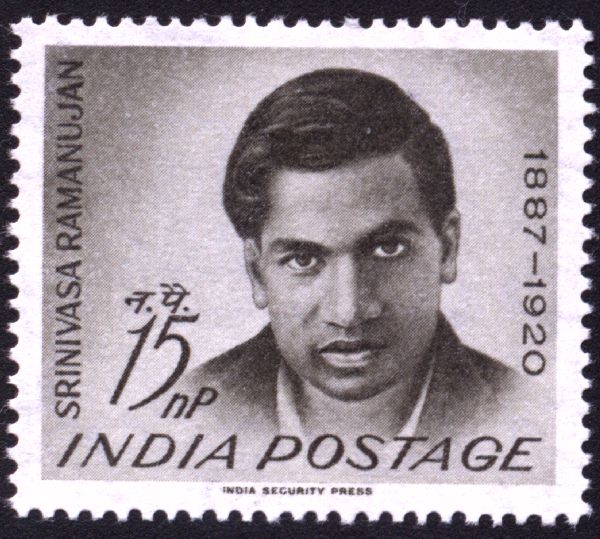Due: Wednesday, March 26
Among the many constants that appear in mathematics, p, e, and i are the most familiar. Following closely behind is g, or gamma, a constant that arises in many mathematical areas yet is far from being well understood. Introduced by the Swiss mathematician Leonhard Euler (1707-1783), gamma is defined as the limit of the sum of 1 + 1/2 + 1/3 + . . .+ 1/n, minus the natural logarithm of n --- the numerical value being 0.5772156... Gamma is sometimes called the Euler-Mascheroni constant. Although 108 million digits of g have been computed (as of October 1999), it is still not known if g is rational! Indeed, the famous mathematician G. H. Hardy said that he would give up his chair at Oxford to anyone who proved it to be irrational.
Define the sequence
(Note: gamma is a reserved word in Maple, representing Euler's constant.)
(A) Plot the graph of e(n).
(B) Using the graph, argue that e(n) converges, and then estimate Euler's constant to 5 decimal places.
(C) Estimate Euler's constant by evaluating e(n) for large values of n. Does this agree with the result you obtained in part (B)?
(D) Euler's constant arises in the computation of many improper integrals. Compute each of the following improper integrals:
(1)
(2)
(E) Euler studied the following infinite series:
(F) The famous mathematician, Srinivasa Aiyangar Ramanujan, made several major discoveries involving Euler's constant. Briefly describe the life of Ramanujan and his relation to G. H. Hardy.
